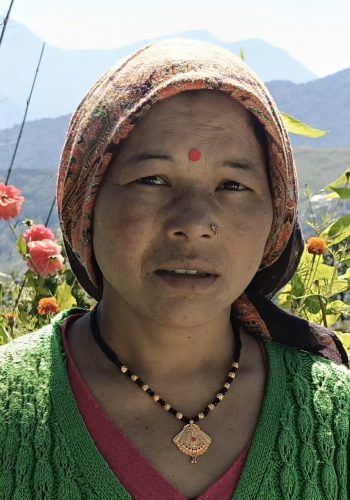
Monsoon Blossoms: Rooted tales of Himalayan Flora
Embark on a visual journey through the Sarmoli-Jainti Van Panchayat located in the Gori Valley in the Uttarakhand Himalay, to get acquainted with the rich tapestry of the lesser-known indigenous flora, each holding tales of their healing and ritualistic power, rooted in the local traditions. From the medicinal to the cultural significance of these flowering plants, delve into the symbiotic relationship between the local community and the diverse plant life. Join this young man’s photographic quest to capture the vibrant wild blossoming through the monsoon months, a beginning to the exploration of Gori Valley’s botanical biodiversity.
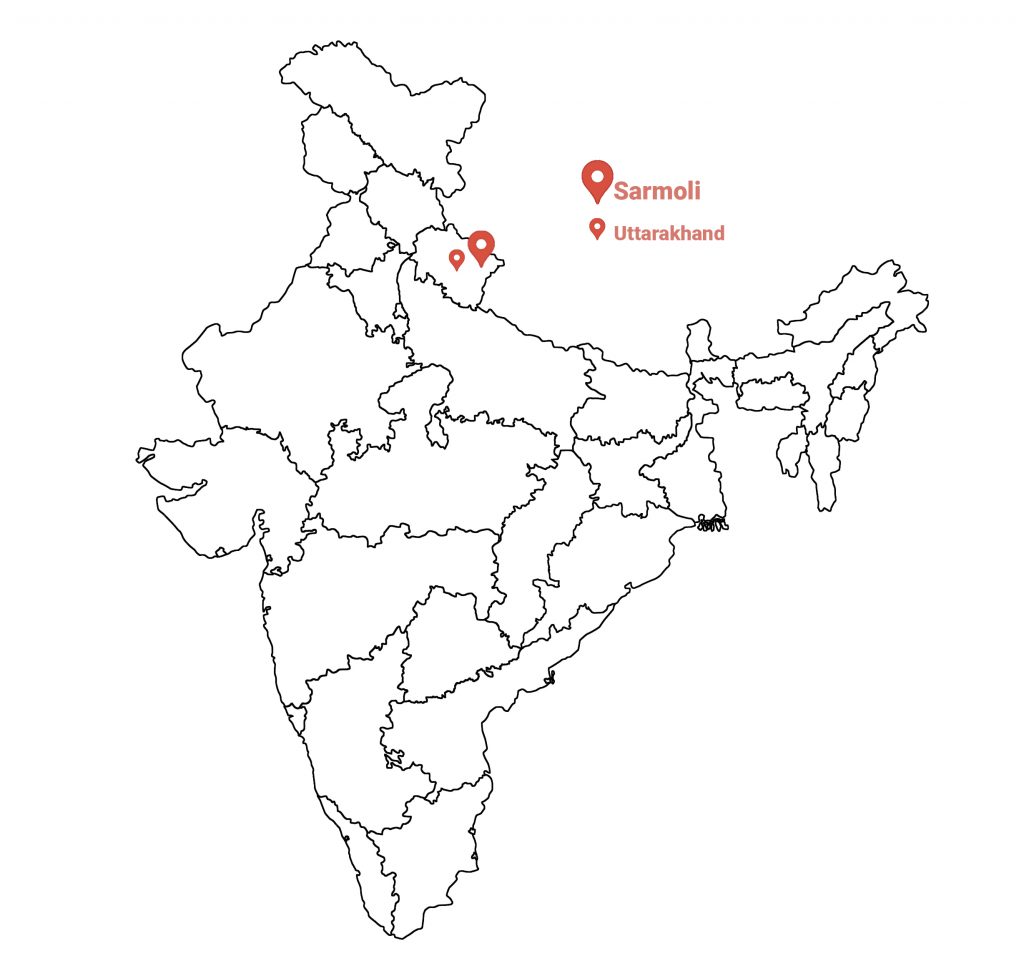
Storyteller- Harsh Mohan Bhakuni
Village Sarmoli, Munsiari, District Pithoragarh, Uttarakhand
Read this story in Hindi
Flowers are an easy way to identify the diverse plants found in the forest. Through the monsoons last year, I started photographing the wild flowers blooming in the Sarmoli-Jainti Van Panchayat as part of a Community Conserved Area project to document the biodiversity of flowering plants and herbs in our Van Panchayat or Forest Commons. In the course of this study, I came to know that more than 2000 flowering trees, plants and herbs have been identified in the approximately 2200 square km area of Gori Valley, located in Pithoragarh district, in the Himalayan state of Uttarakhand. Our Van Panchayat (2230 meters above sea level) which is situated in Gori Valley falls within the Cool Temperate region vegetation type. On asking my village people about the local names of wild flowers, I came to know of many unheard stories about them. I realized that a plant is not defined only by its flowers but as much by all its parts that are related to our use of those plants. I have one such a story to share.
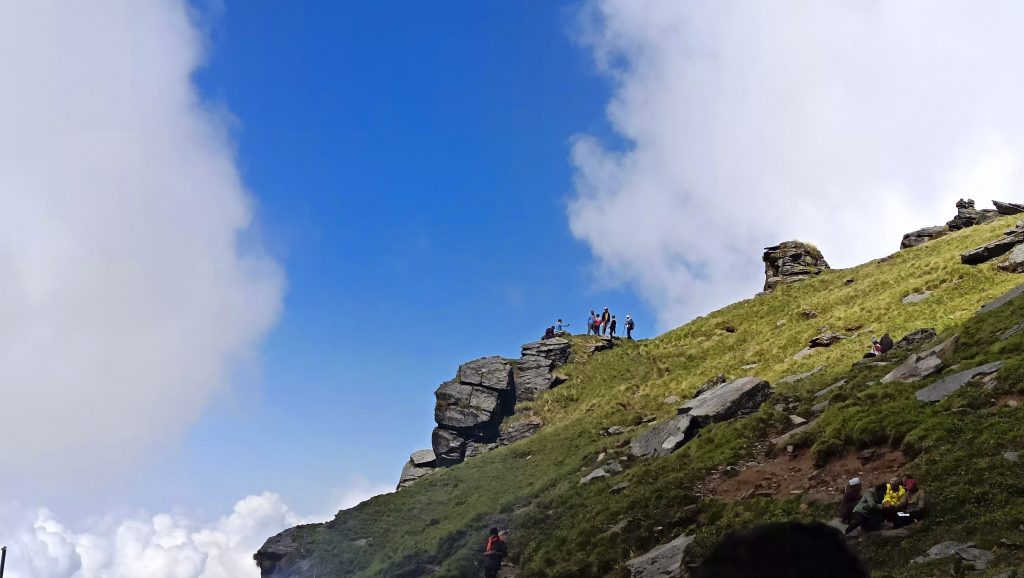
It was our summer holidays and I had come to my mamkot village of Bindi, where my maternal grandparents, aunts and uncles and my good friends live. This village is across the valley from where I live, situated at 1320 meters asl, and has houses of only 5 families situated in the middle of the steep part of the hill.
Like always, I woke up that morning and took the cows and goats to the forest with my friends. I then came back home and after finishing breakfast, rested for some time and then headed back towards the forest with my packed lunch.
On that sloping part of the hill the sun disappears soon after noon. Leaving the cows and goats in the open forest for grazing, we went down to the river to bathe. In the hot sun we dammed the river and made a small pool, sat in it and played, and as soon as the sun started setting, we broke the pool and headed back to our cows and goats. We ate our lunch and collected small stones and built a house of mud. We lost our sense of time as built a small road, playing with my friends and driving stone carts on it. As soon as it was evening, we collected the cows and goats to bring them home.
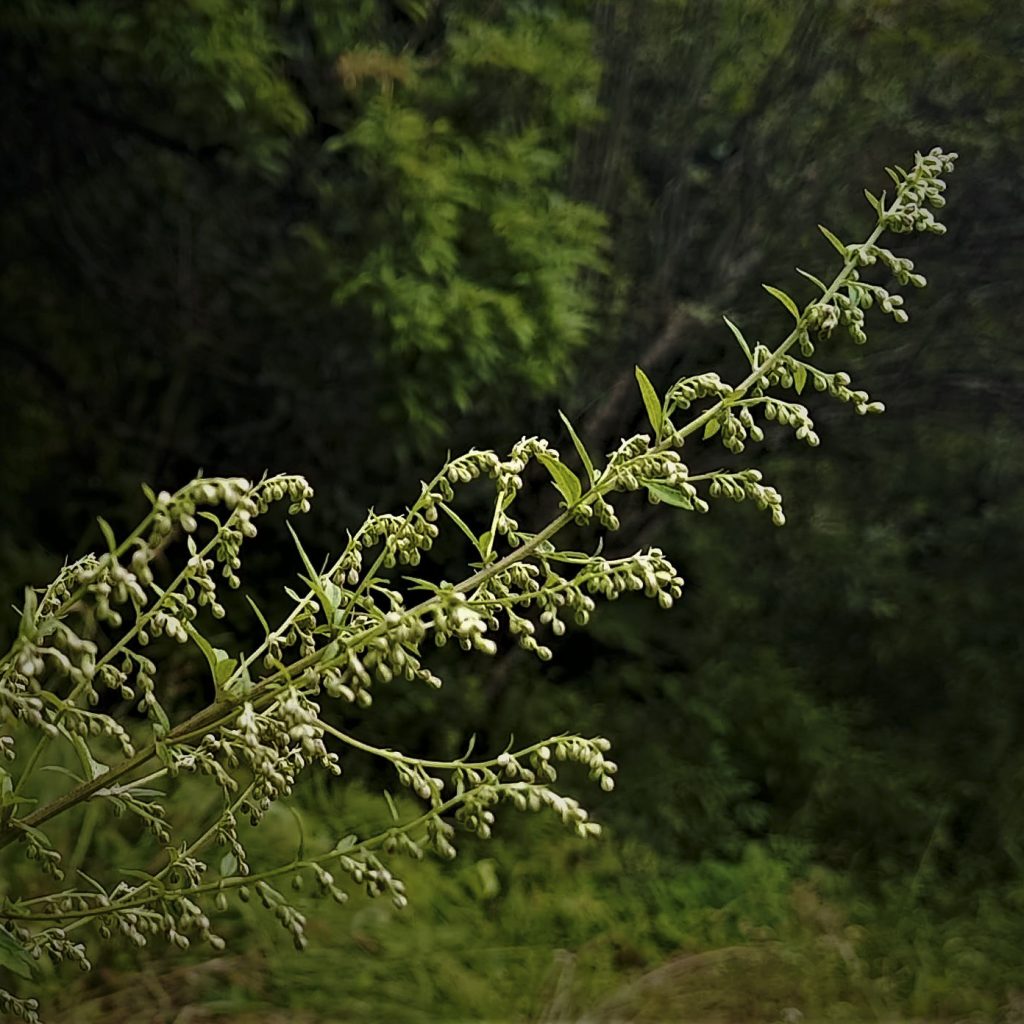
On my way home that day, I slipped and fell on the rocks. My leg got cut and started bleeding profusely. On reaching home, my Nani (grandmother) applied turmeric on the wound and tied it with a cloth. A few days passed and the wound got worse. The hospital was far from the village and it was difficult for me to walk. Nani went to the forest and brought the Paati (Artimesia) plant, made a paste with its leaves and mixed it with milk and turmeric and applied it on my wound and bandaged it. The wound started healing quickly and I soon got well.
While the leaves are used for medicine, its flowers are simple and of the same color as its leaves. There are many other flowering plants which we humans use in our everyday life. Some have subtle flowers which are usually not visible until needed. And many plants which have importance in many aspects of our life. People said that when we were less dependent on the market and more on the forest, then the plants obtained from these forests used to work as medicine for diseases like fever, stomach ache, shortness of breath etc.
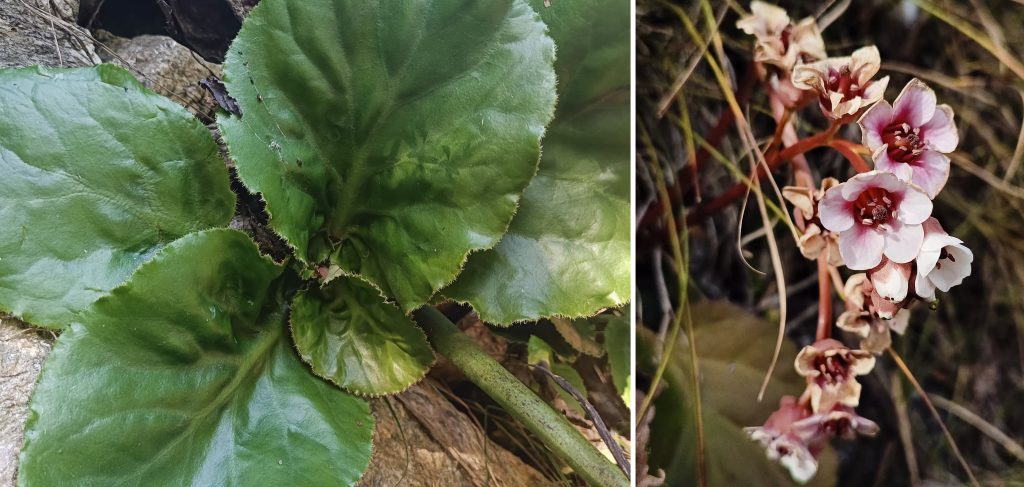
The light pink flowers of Paashan Bhed (Bergenia), which grow on the steep rocks in the forest, bring the message of the arrival of spring. The local name of this plant is Ghee Pati and has a cultural association here. When the Ghee Tyohaar or the Butter Festival is celebrated in the month of August, we offer shogun (food that has been blessed) to our ancestors by placing it on its big round leaves. Paashan Bhed grows in the cracks of rocks, and perhaps that is why its root is considered effective in the treatment of gall and kidney stones. In our villages, a loose stomach is treated by crushing its root, boiling it in water and drinking it after filtering.
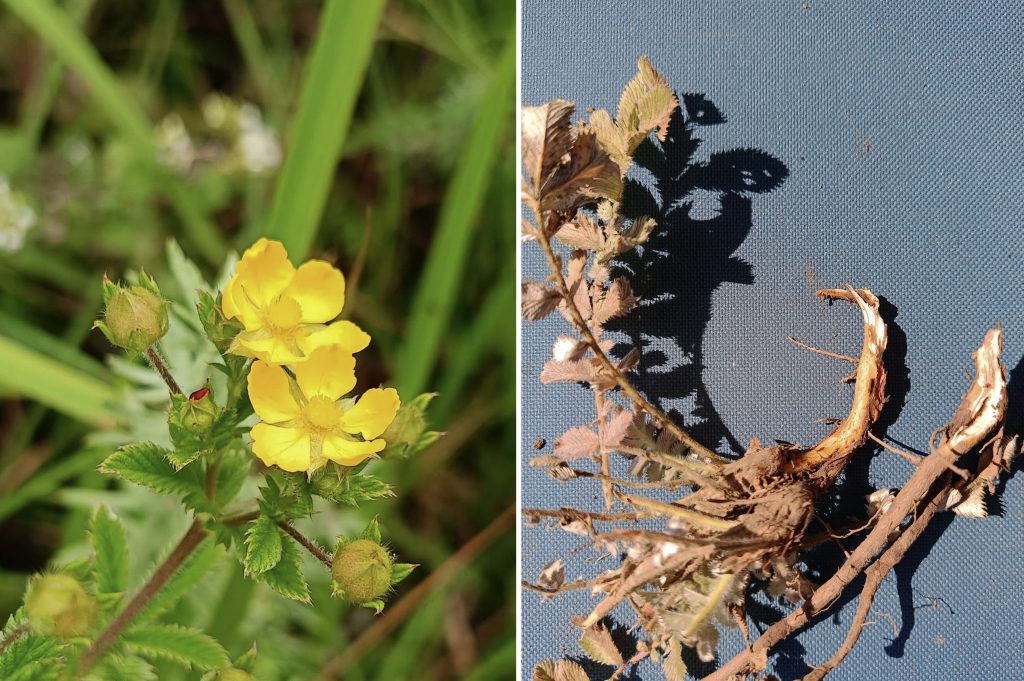
As the name suggests, the plant Bajradanti (Potentilla) is known to work wonders for the human teeth and is called the Bila Khuti (the cat’s claw) in the local language. The nomadic shepherds used to travel far and wide into the forests with their cattle and sheep. As they did not have any type of toothpaste available to clean their teeth, they would dig out the root of the Bajradanti, which looks like a cat’s claw, and use it to cleanse their teeth. Apart from this, it is also used to reduce stomach pain and is recognized as a medicine as well.
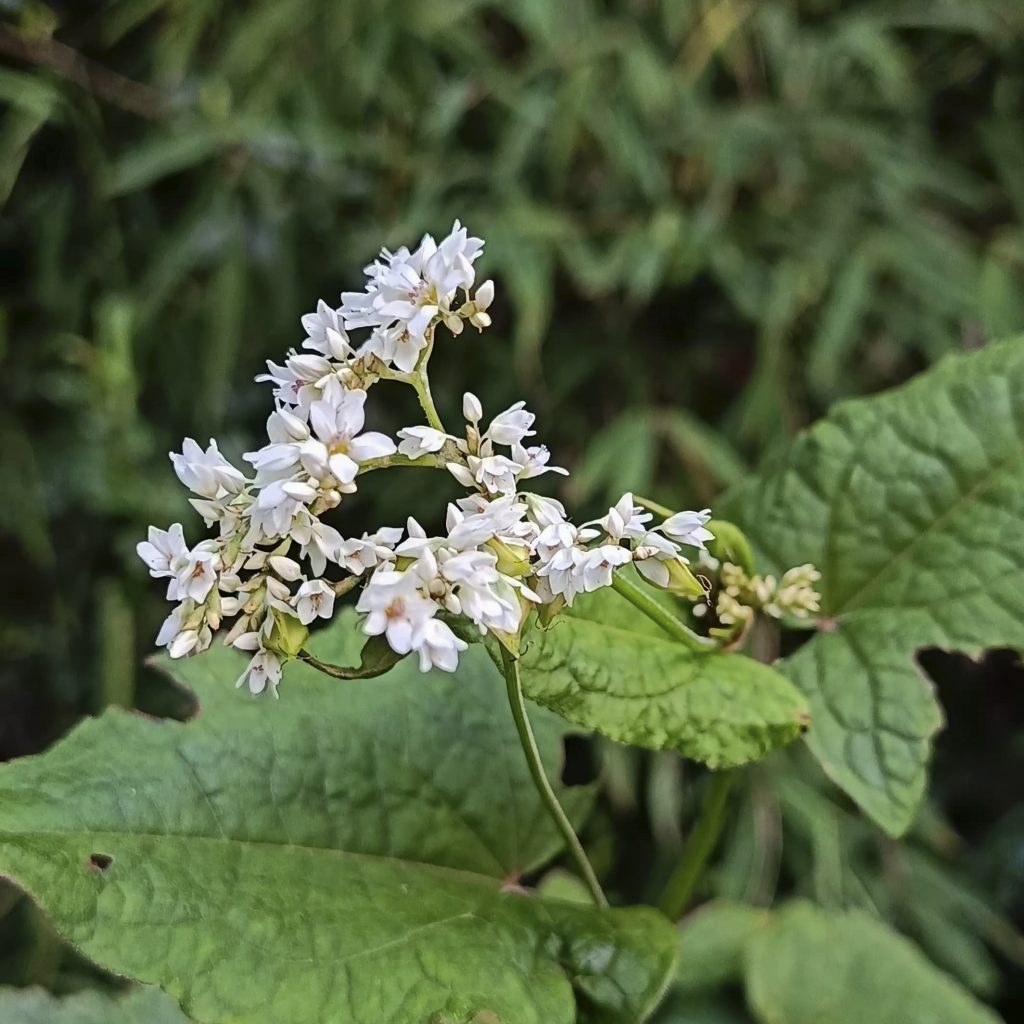
The Jhankara (Fagopyram) plant is often found growing wild on the edges of our terraced fields and its striking white flowers bloom through the monsoons. Villagers use the Jhankara leaves as a vegetable and also feed them to their cattle. Overfeeding Jhankara can also cause a fever in cattle.
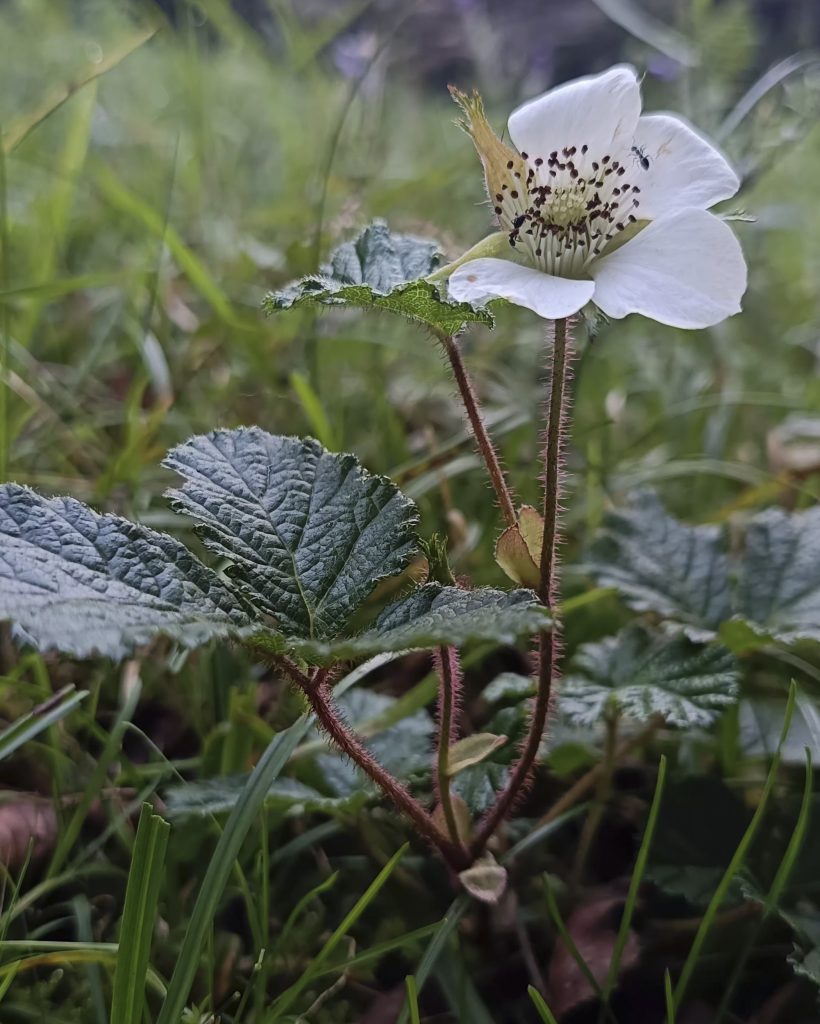
On walks in the forest during the monsoons, it is easy to spot the red berries of the Bhi Kafal (wild strawberry) growing on the ground and munch on them with pleasure. Apart from humans, ants too seem to like these berries and build their nests around it. The flowers of the Bhi Kafal are a soft white.
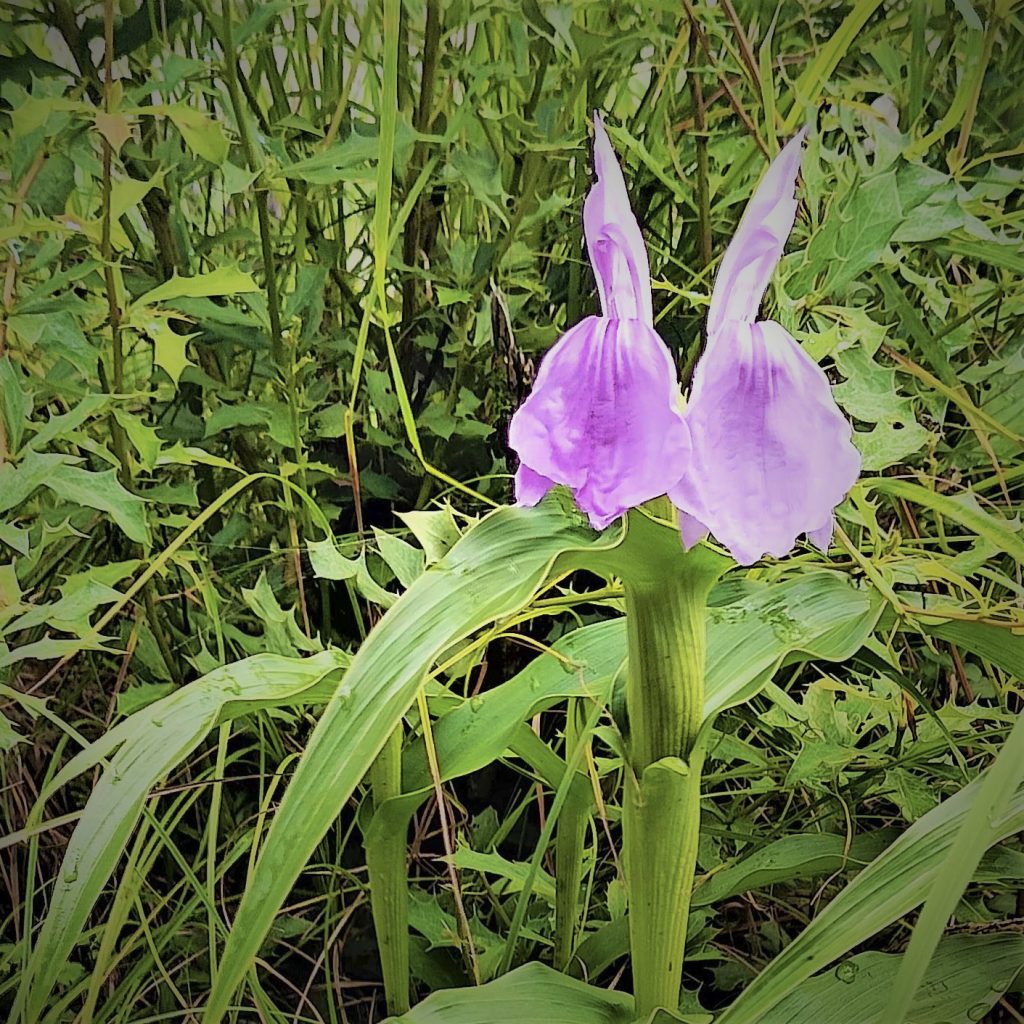
As kids, we used to call the Kakoli (Roscoea) the duck flower. It is often found on the path leading to the village houses and in the forest. We used to pluck its light purple petals and shape them into a duck. Its fresh flowers are sweet in taste sweet when eaten. The roots of the Kakoli are used as tonic. The root is dried and its powder is mixed in Chavanpras (a tonic) and consumed as medicine.
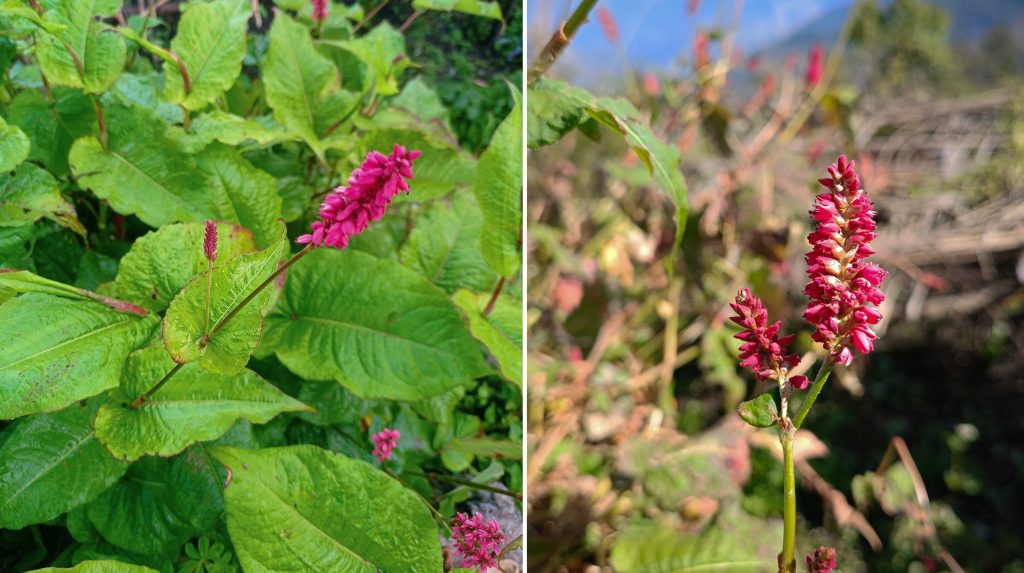
In the last monsoon months, the Van Mandua plants often appear like a scarlet-red carpet across the open slopes of the forests. Our forefathers and mothers would use the root to make a tea-like infusion. Today, too, tea lovers will make tea from its root and drink it because it is believed to be beneficial as a body pain reliever.
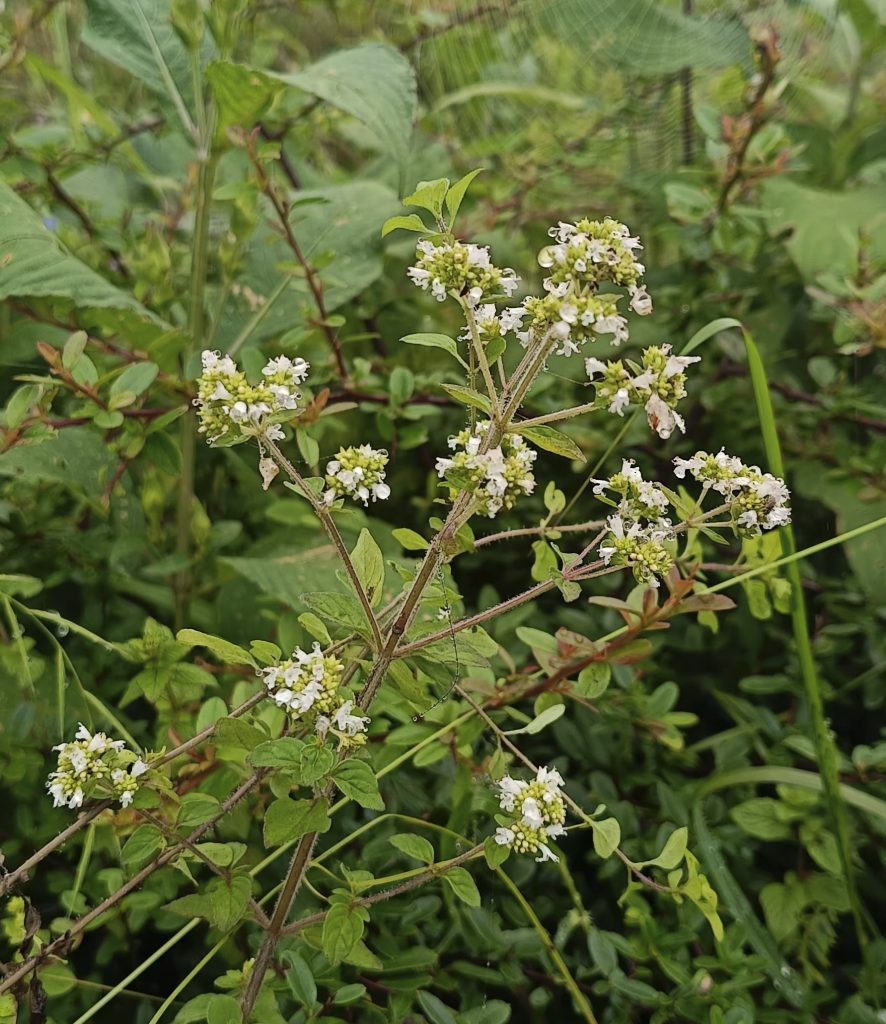
Like the Tulsi, or the home basil, Van Tulsi or Oregano also has a distinct aroma. Van Tulsi is found growing in the understory of the forest and in the grasslands. This plant is not only used in tea in the villages of the Himalay but is also added as a flavoring to western food like the pizza. Two decades ago, when allopathic medicine was not easily available in the market in the mountains, it was used in to treat diseases like the white fungus that would appear between the fingers and toes during the rainy season. The leaves were ground and the Van Tulsi juice was extracted and applied on the affected area, which provided a lot of relief.
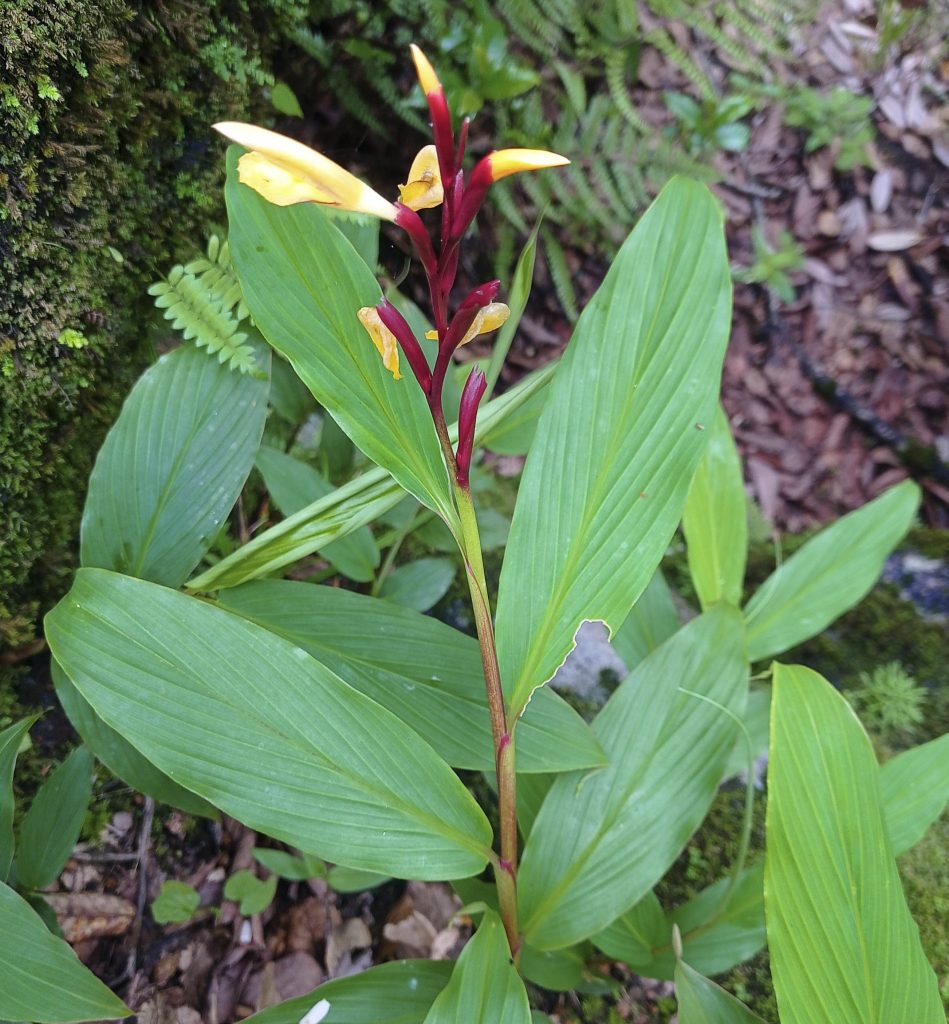
The Van Haldi is known by the mountain people as Sirru. The sunny yellow flowers of this plant seem to glow in the understory and in the moist shade of big trees. I was told that, stomach aches could be cured by making a watery solution with its crushed roots and drinking it for a week. Back in the days when we had kutcha houses (made of stone and thatch) in our village, the entire Van Haldi plant along with its leaves was laid out on the roof so that rain water could not seep into the house. To this day, the Van Haldi root is collected from our forests, the pounded, cut thinly and dried. Contractors come to our village and buy this aromatic herb at the rate of about fifty rupees per kg.
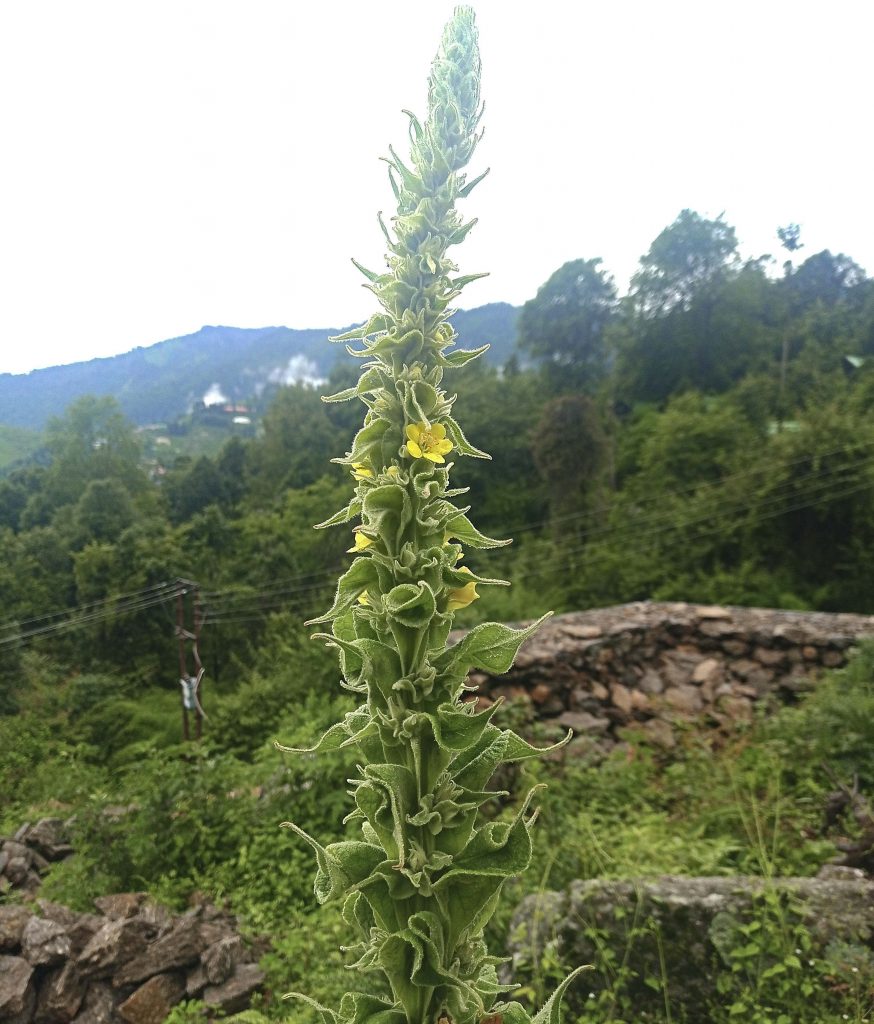
Van Tambaku or Mullein is also called Bhalu Tamak in the local language and till a couple of decades ago, used to be found in abundance along our agricultural fields and on open slopes in our forests. Now this plant has almost disappeared, one reason for which could be rising temperature and climate change. It is said that it is used in the treatment of ‘Anyal’ disease (loss of vision) in domesticated animals. The leaves of the plant are ground and its juice is applied to the eyes of animals, which helps in curing the disease.
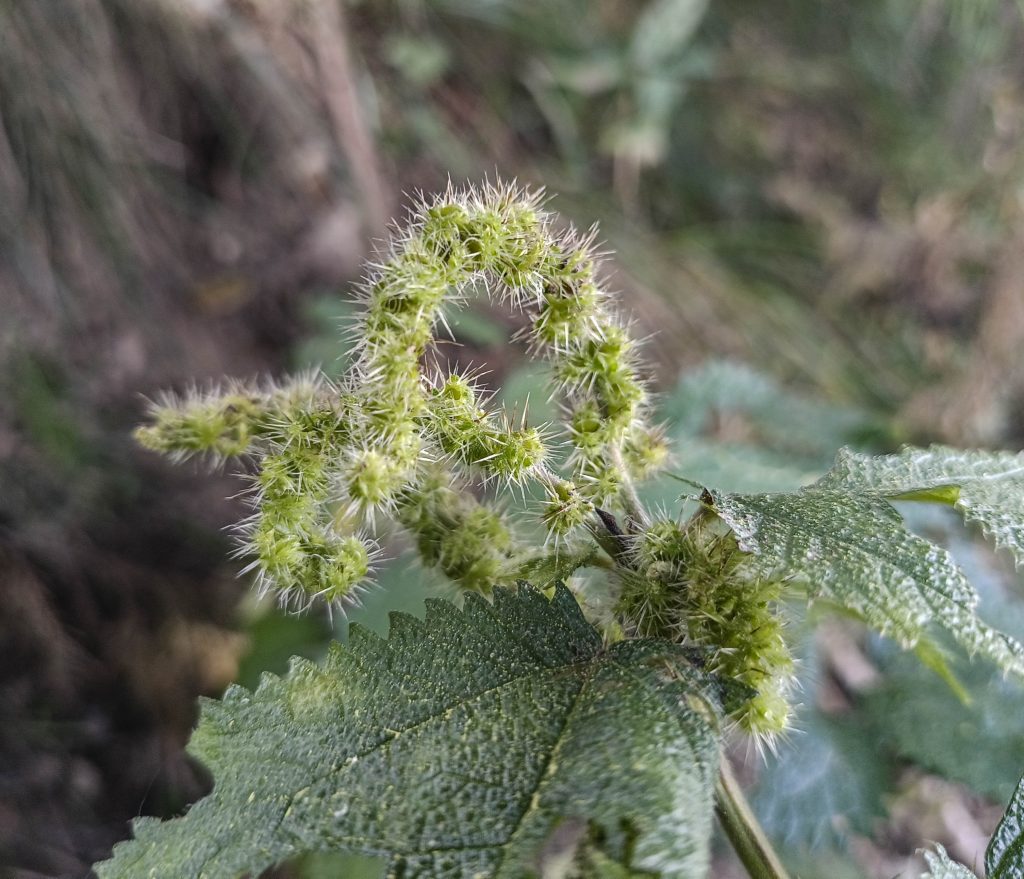
The flowers of the Arel or Seun Booti are neither beautiful to look at nor comfortable to the touch, and is appropriately called the Stinging Nettle. But clothes can made from the fibers of their stem. For this, first its stem is soaked in water for about a week. It is then cooked in water with ash and pounded. When its fibers have separated, it is dried and yarn is spun from the fibers in a carding machine. Expensive fabric is then woven using a combination of the yarns from the arel and silk.
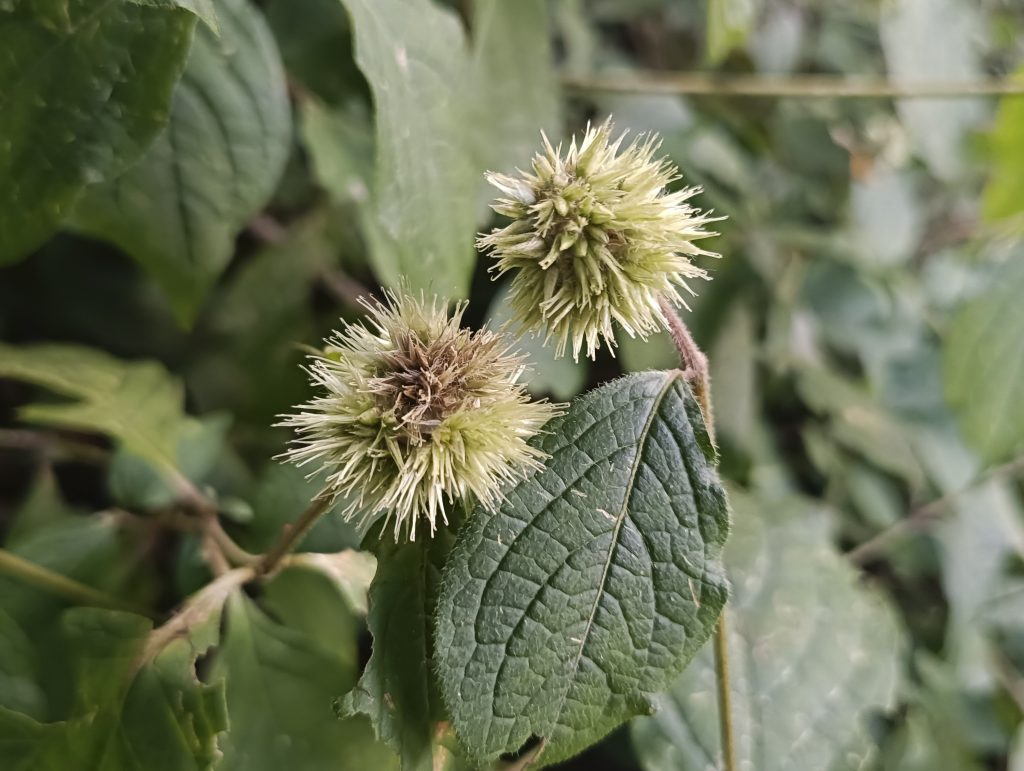
Another thorny plant that no one can forget is the Kurri shrub (Cyathula). This plant is also called a nomadic plant because its thorny fruit sticks firmly to the wool of sheep and goats grazing in the forests and to the clothes of shepherds. The seeds of Kurri are so dispersed from the Johar region of the higher Himalayas in Gori basin to the plains of Bhabar. This plant is consequently found across the entire width of Himalaya, from where we are located on the first rise of the Greater Himalay to the Terai.
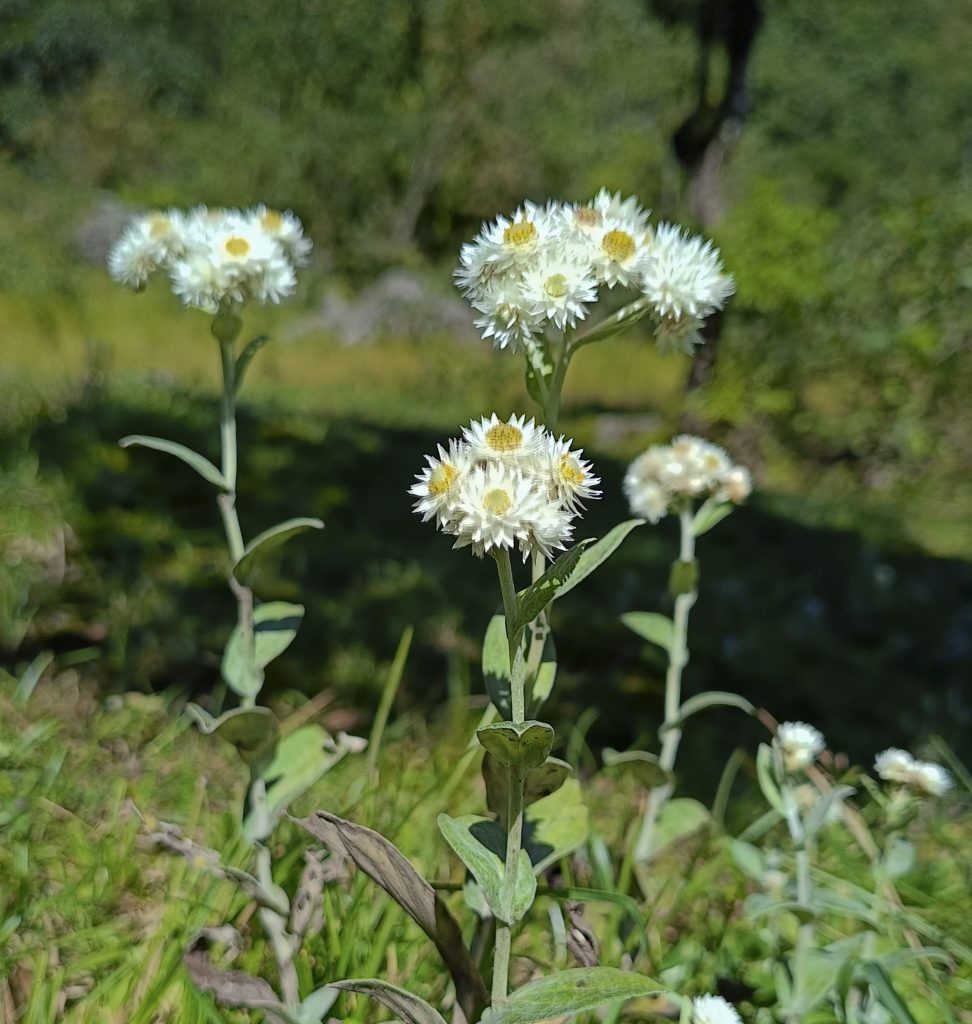
While shepherds will avoid the Kurri shrub, the people of Gori Valley consider the Pote plants useful. The extensive white sprinkling of it flowers can be commonly seen in the forests of the valley. During cold and rainy season, this plant comes handy when it is difficult lighting fire in the forests. Shepherds would use the dried paper like flowers and leaves to start a fire. The Pote flower has another significance in Munsiari. In the month of September and just after the Khundru festival, when the grass starts drying and the first haystack is put up, its top is decorated with the Pote flowers.
What I was surprised to hear was that the flowers of the Pote cannot offered in temples.
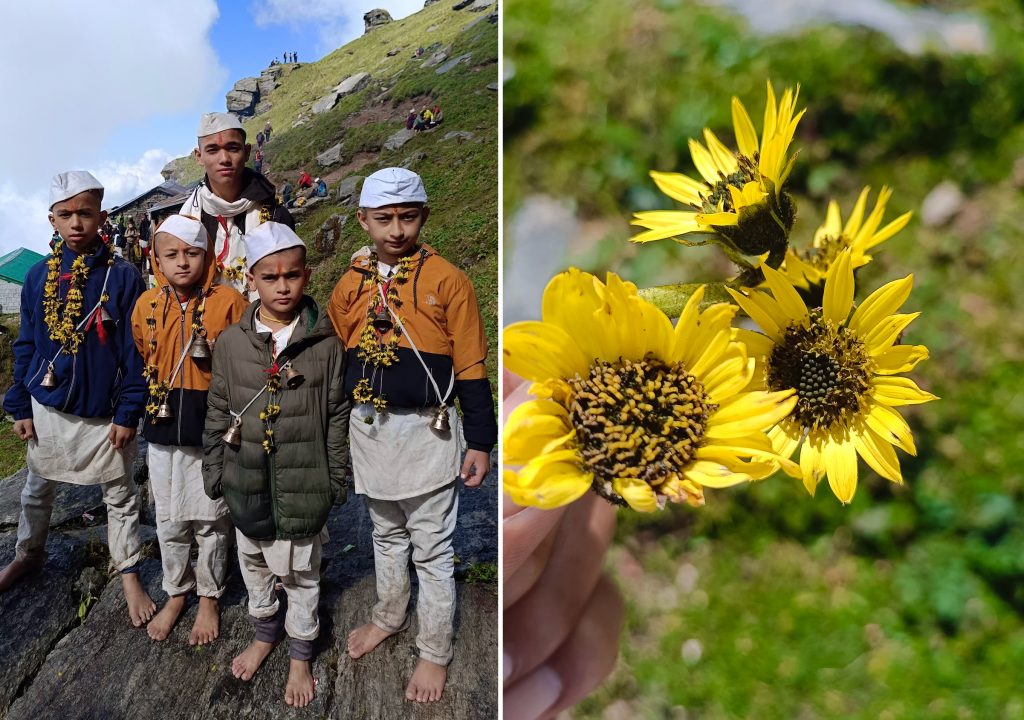
As per the prevailing culture of the Himalay, among the wild flowers to be found here, only the Buransh(Rhododendrons), Kaulpadam or Brahma Kamal (Saussurea obvolata) and the wild Sunflower can be offered in the temples. Last year, when I had visited the temple of Chhipla Kedar (4876 meters above sea level) for my mundan ceremony (tonsuring my hair), I saw my friends wearing garlands of wild sunflowers. No other wild flowers are ritualistically offered in temples, perhaps because they are considered impure. Similarly, there is a unique custom associated with the Pati plant in our villages. When someone dies, the ritual persists where leaves of the Pati are burnt and used as incense in that house till the thirteenth day after the death.
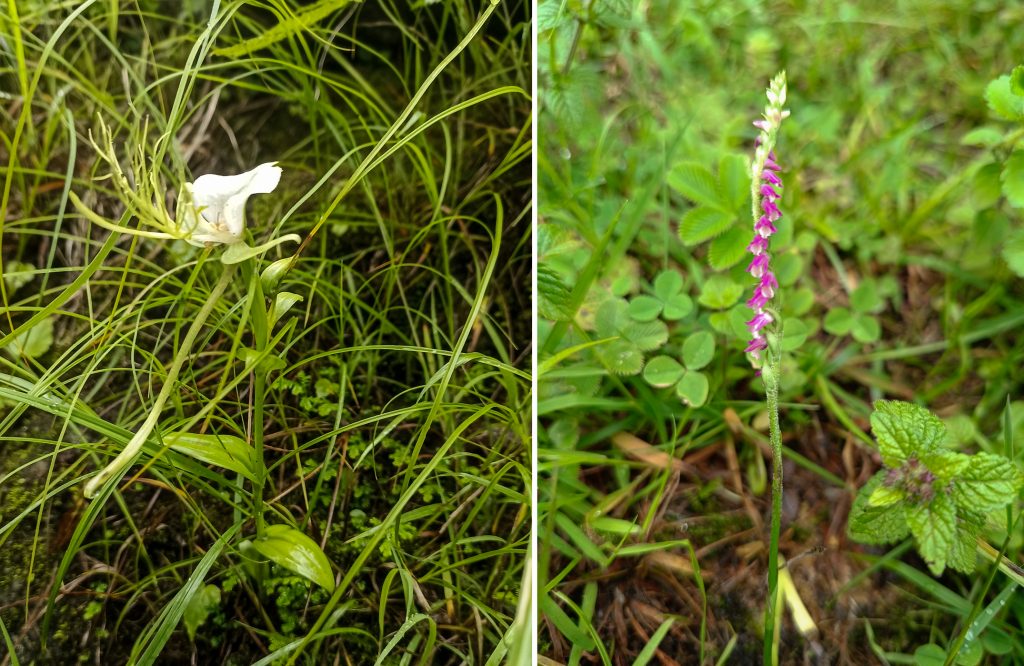
In our mountain culture, different significance is imputed to the natural resources we draw from nature and our environment whether it be trees, herbs, their flowers or even stones. But flowering plants also have a separate world of their own in the natural world, which we can only observe from outside. I took pictures of many small flowers growing in the forest which piqued my curiosity about the, wanting to know more. Some of the more striking flowers are of the terrestrial orchid species such as Habenaria and Spiranthus.

The wild relative of the beautiful Begonia flower, which these days can be found growing in garden pots in almost every house of our village, can be found on moist stones and in the walls of the Van Panchayat Forest. While the flowers of Basanti or Hypericum shine golden like the sun, the white flowers of Stellaria appear as if the stars have descended on the earth. The colorful world of wild flowers fascinates the eyes. On seeing these blossoming flowers in the forest during the rainy season, I forget the struggles of my daily life for a few moments.
How can I not be moved by these flowers with their colorful blooms?
Sometimes these flowers bring happiness
Other times they bring tidings of mourning and gloom
Received in reward as bouquets, or given away as gifts
In these past four monsoon months, I photographed of 58 species of flowers belonging to 24 flowering plant families.This is just the beginning of my exploration of the flowers found in the Gori Valley of Pithoragarh district in the Uttarakhand Himalayas bordering Nepal.
Meet the storyteller





